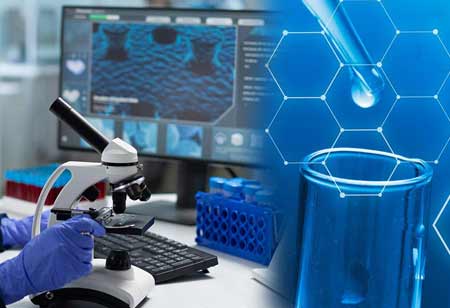The specialty chemical industry is seeing a rise in biobased materials and recycling trends.
FREMONT, CA: Manufacturers produce small quantities of chemicals on an as-needed basis or specialty-batch chemicals. Creating these products requires expertise in chemical properties, quality-assured processes, unique technology and machinery, and ingenuity to meet each product's specific requirements. A given product is usually only available from a few suppliers regarding specialty chemicals. Batch manufacturing requires a high level of flexibility since raw materials, processes, operating conditions, and equipment might need to be changed based on the needs of various jobs to ensure that the customer is satisfied.
The specialty chemical industry is experiencing many growing trends.
Biobased materials: Using biomass feedstocks can reduce greenhouse gas emissions while avoiding variations in the chemicals industry's availability and costs of fossil fuel-based feedstocks. Innovating biotechnology companies are creating materials that are more sustainable with the use of biobased chemicals.
Chemical recycling: Water bottles of purer and more modern plastic can be recycled mechanically. Chemical recycling is most effective for advanced plastics, such as unsorted plastic waste, multilayer plastics, or heavily contaminated plastics.
The advanced recycling process involves using heat or solvents to disintegrate plastics to reuse them. There is a significant reduction in plastic waste that needs to be burned or disposed of in landfills. By eliminating non-renewable resources such as petroleum, mechanical recycling is also possible.
Recycling raw materials is slowly becoming more common in the chemical manufacturing industry, and some businesses even incorporate recycling into their production processes. Developing a circular economy will strengthen the industry, and these practices will progress the development of the circular economy.
Catalysts: A key objective of nanotechnology is to develop highly active and selective catalysts that have long lifespans and consume little energy. Physical and chemical characteristics are carefully evaluated as part of the particle development process. The curvature of nanocarbon particles, heteroatom doping, and optimized electron transfer make nanocarbon particles superior to conventional carbon materials. Industrial nanocatalysts include oxides and metals.
Drug Delivery: Various pharmaceutical therapies use nanoparticles as drug delivery systems. Many materials, including metals, lipids, carbon, and polymers, are frequently used today for drug-delivery nanoparticles. Nanoparticle systems offer many advantages compared to conventional delivery methods like capsules and tablets. Drug delivery systems based on nanoparticles continue to overcome challenges in drug treatment, for example, identifying molecular targets and overcoming resistance to drugs in target cells.

